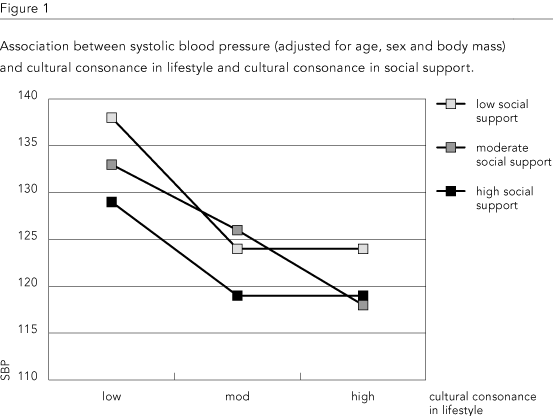Elevated arterial blood pressure varies substantially in relation to social and cultural variables. Early work on acculturation, socioeconomic status, and blood pressure documented this variation, which could not be explained entirely by conventional factors such as diet, physical activity, or access to medical care. These findings stimulated the development of a model of stress and disease. The stress model emphasizes social and psychological factors that are perceived by individuals to be stressful, as well as factors that help individuals to respond to those stressors. Conventional stress models are, however, problematic because the primary emphasis is on individual perception, with little consideration of the social and cultural context in which stress occurs. This paper describes a complementary model of social and cultural influences on disease risk, placing greater emphasis on how individuals are able to approximate, in their own behaviors, shared cultural models of life, referred to as "cultural consonance". Findings from research in Brazil indicate that the higher an individual's cultural consonance, the lower his or her blood pressure. These results indicate the importance of linking different levels of analysis - the cultural, the individual, and the biological - to understand disease risk.
Hypertension; Blood Pressure; Culture


